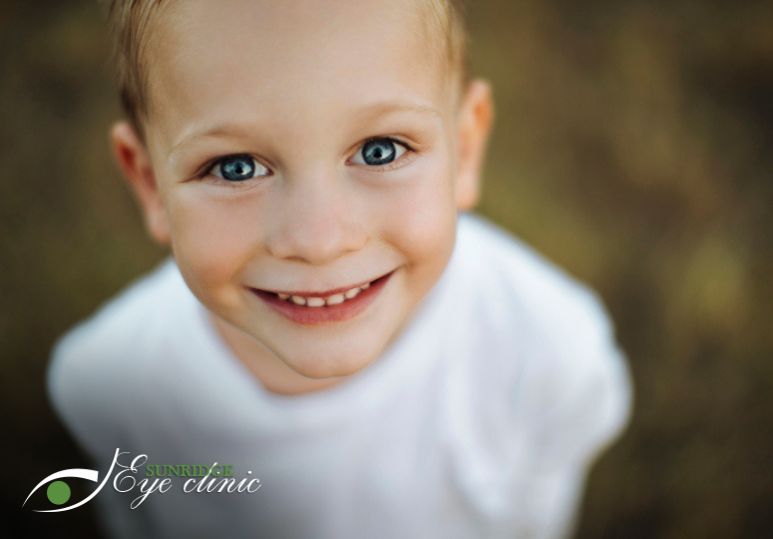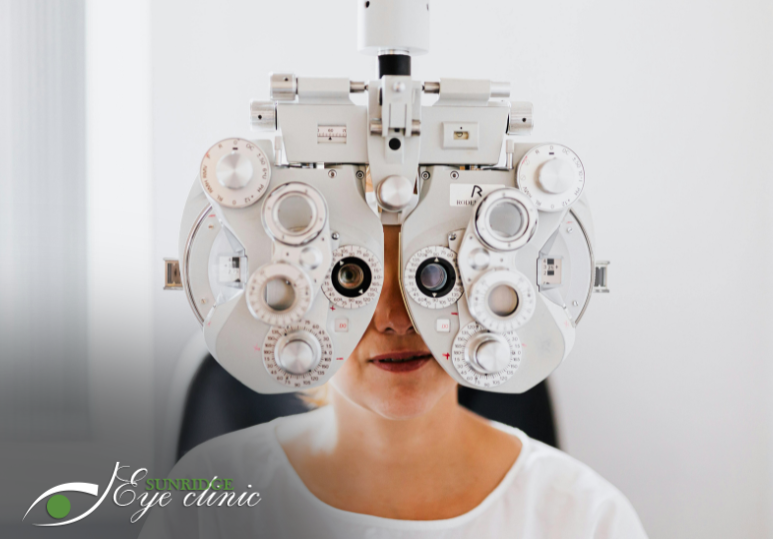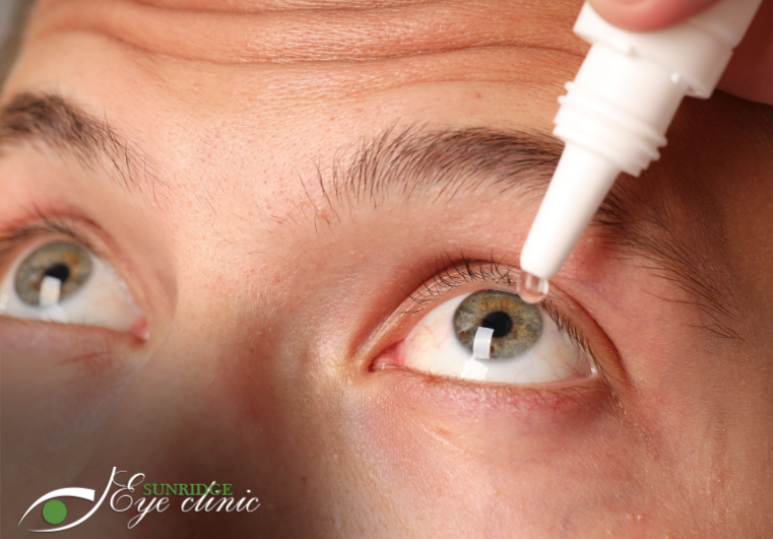Look For These Behaviors The Book A Children’s Eye Exam
Here are some behaviours that you should watch out for:
Frequent eye rubbing or blinking
If your child often rubs their eyes or blinks excessively, it could be a sign of eye strain or fatigue. Eye rubbing can cause redness, swelling, or dark circles around the eyes, indicating that the eyes are overworked or irritated. Excessive blinking can also suggest that your child is trying to clear their vision or adjust to changing light conditions. While occasional eye rubbing or blinking is normal, persistent or frequent behaviour may require attention.
Squinting or tilting of the head
When a child squints or tilts their head, it could be a sign that they are trying to compensate for a vision problem. Squinting helps to reduce glare and improve focus, while tilting the head can change the angle of light entering the eyes. If your child squints or tilts their head often, especially when reading or watching TV, it may be an indication of nearsightedness, farsightedness, or astigmatism.
Sitting too close to the TV or holding objects too close
If your child sits too close to the TV or holds objects too close to their face, it could be a sign of nearsightedness or myopia. Nearsightedness causes distant objects to appear blurry, making it difficult to read road signs, see the board at school, or watch movies from a distance. Children with nearsightedness may compensate by moving closer to objects they want to see clearly.
Avoiding reading or other close-up activities
If your child avoids reading, writing, or doing other close-up activities, it could be a sign of hyperopia or farsightedness. Farsightedness causes nearby objects to appear blurry, making it hard to focus on books, worksheets, or screens. Children with hyperopia may complain of headaches, eye strain, or fatigue when doing near work, leading them to avoid these tasks altogether.
Difficulty tracking moving objects
If your child has difficulty following moving objects, such as a ball or a flying bird, it could be a sign of poor eye tracking skills. Eye tracking is the ability to follow a moving object smoothly and accurately with both eyes. Poor eye tracking skills can affect a child's sports performance, coordination, and depth perception, making it hard to judge distances and react to fast-moving objects.
Squinting or closing one eye
If your child squints or closes one eye frequently, it could be a sign of amblyopia or lazy eye. Amblyopia is a condition where one eye is weaker than the other, leading the brain to favour the stronger eye and ignore the weaker one. This can cause the weaker eye to become lazy, leading to reduced vision or even blindness if left untreated. Squinting or closing one eye can help to block out the weaker eye's image, making it easier to see with the stronger eye.
To learn more about how optometry and child development are linked, read
The Value Of A Back-To-School Children’s Eye Exam.
Children’s Optometry Care In Calgary
As a parent, it is crucial to pay attention to your child's behaviours and habits, as they could be signaling potential vision problems. If you notice any of the behaviours mentioned above, schedule a comprehensive children’s eye exam with your optometrist. During the eye exam, the eye doctor will evaluate your child's vision and eye health, check for any underlying conditions or diseases, and prescribe corrective lenses if needed. Depending on the severity of the vision problem, the doctor may recommend follow-up appointments, vision therapy, or other interventions. Remember that early detection and treatment of vision problems are crucial for preventing long-term complications and ensuring a bright future for your child.
Children’s eye health is an important part of their overall health and development. Regular children’s eye exams ensure that any eye health conditions or refractive errors are caught early and can be appropriately addressed and the normalization of optometry care will benefit your child throughout their life. For a positive optometry experience with a family eye doctor, contact Sunridge Eye Clinic. Our optometrists and opticians are here for you and your family at all ages to ensure your eyes are safe and healthy. To schedule a children’s eye exam with a family eye doctor, contact Sunridge Eye Clinic in NE Calgary at 1-403-280-7518 or fill out the online contact form.
FAQ
Q: What are the common signs of vision problems I should watch for in my child?
A: Common signs of vision problems include:
- Squinting
- Holding objects too close to their face to see them
- Sitting very close to the TV
- Covering one eye when looking at something
- Crossed eyes
- Excessive blinking or eye rubbing
- Poor coordination and balance
- Complaints of headaches, blurred vision, or double vision
Q: When should I take my child to the eye doctor?
A: Your child should go to the eye doctor once when they are 6 months old, once when they are 3 years old, and then every year once they turn 5 years old. To learn about the importance of children’s eye exams, read Children’s Eye Health And Safety Month: The Recommended Schedule Of Children’s Eye Exams.
Q: How much do children’s eye exams cost?
A: Alberta Health Care Insurance Plan covers all comprehensive annual eye exams for children aged 0-18 and for adults aged 65+. The AHCIP also provides coverage for all emergency visits to the eye doctor.






